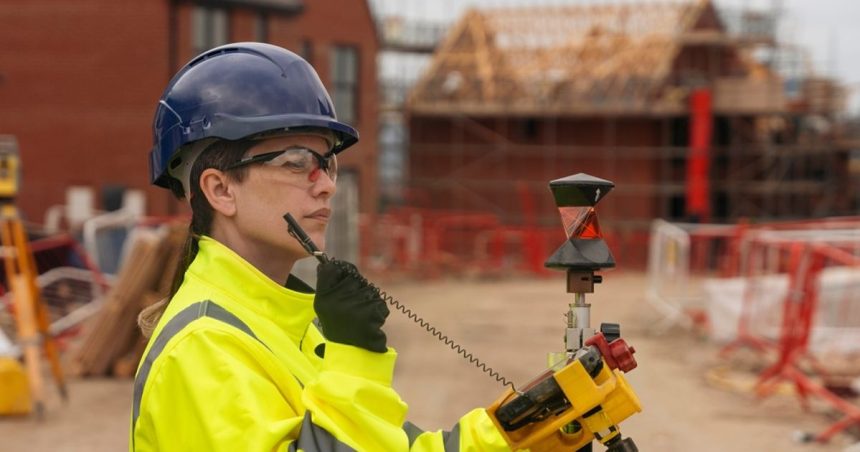Women say they are struggling to stand out amongst the male-dominated construction sector as the industry’s gender pay gap persists.
There’s no way around it. Women are being criminally underrepresented in the trades.
They might make up almost half of the Australian workforce, according to recent data from the ABS, but only about one in five tradies are women, and less than 5 per cent are actually working on the tools.
And the challenges don’t stop at the entry gate. For those who are making a career in construction, the Workplace Gender Equality Agency (WGEA) estimates women still earn an average of $6.94 for every $10 earned by men, almost a dollar less than the national average of $7.72 per $10.
When asked why they struggled to rise up the ranks in a recent Building Commission NSW study, 65 per cent of women felt like they needed to “work harder” than their male counterparts to prove themselves on the tools.
Unfortunately, these figures don’t come as a surprise to the CEO and Founder of the advocacy group Empowering People in Construction (EPIC), Angela Hucker, who said it was time companies made inclusivity a priority.
“When we bring together people with different perspectives, skills, and different ways of thinking, the results are nothing short of remarkable,” said Hucker.
“Research shows that when you have a minimum 30 per cent gender diversity in companies of any size and scale, genuine change starts to happen.”
In 2024, only 15 per cent of the construction force are women.
According to Hucker, flipping these figures could be the jumpstart companies have been looking for, with more diverse workplaces being shown to enhance team morale, improve reputation and even net some higher returns.
“There is greater innovation, increased productivity, better decision-making, and greater returns for companies,” she added.
So, where should you start?
Shockingly though, breaking down decades of male-dominated construction culture isn’t going to happen overnight.
However, according to Hucker, there are a few tricks workplaces can use to immediately improve their inclusivity, such as demonstrating inclusive hiring practices, continuous education that addresses unconscious biases and maintaining an “open dialogue” that creates regular discussions about diversity in the industry.
But the most important first step? Getting the key financial backers on board.
“Decision-makers can build a strong business case for an inclusive and equitable team culture by focusing on the clear benefits diversity brings,” said Hucker.
“Diverse teams drive innovation, improve problem-solving, and enhance decision-making through varied perspectives. This connection between inclusivity and better financial performance and competitive advantage is key.
“Aligning these benefits with company goals, like market expansion and customer satisfaction, shows that inclusivity isn’t just a moral choice but a vital factor for sustainable growth and long-term success.”
Once these shareholders have been won over, Hucker says that it’s up to team leaders and decision-makers to build a culture that works for everyone.
“Leaders should actively seek input from all levels, create feedback channels, and genuinely consider suggestions in decision-making. By promoting transparency, clear communication, and shared goals, employees can unite around a common vision for equity.
“Leaders can also support employee-led efforts, like diversity committees, giving individuals a say in shaping the workplace culture. Recognising and rewarding these contributions boosts ownership and motivates continued efforts towards a more inclusive workplace.
“Start by implementing comprehensive training programs that identify and address unconscious biases, helping employees recognise and reduce these biases in their daily interactions and decision-making.”
Getting more women in the door is one thing, but the key contributor to lowering the wage gap is helping the rise up the rungs to command higher salaries. To do this, Hucker recommends creating leadership pipelines and training tailored to women to ensure they gain the “skills, confidence and opportunities” needed to advance.
“Companies can pair these efforts with structured mentoring programs where seasoned leaders guide and support new talent, reinforcing a commitment to inclusivity,” she added.







